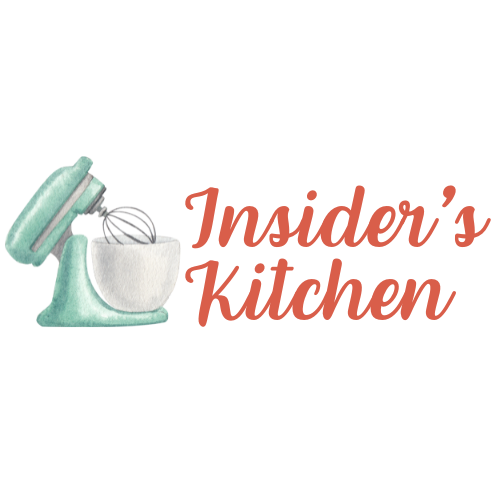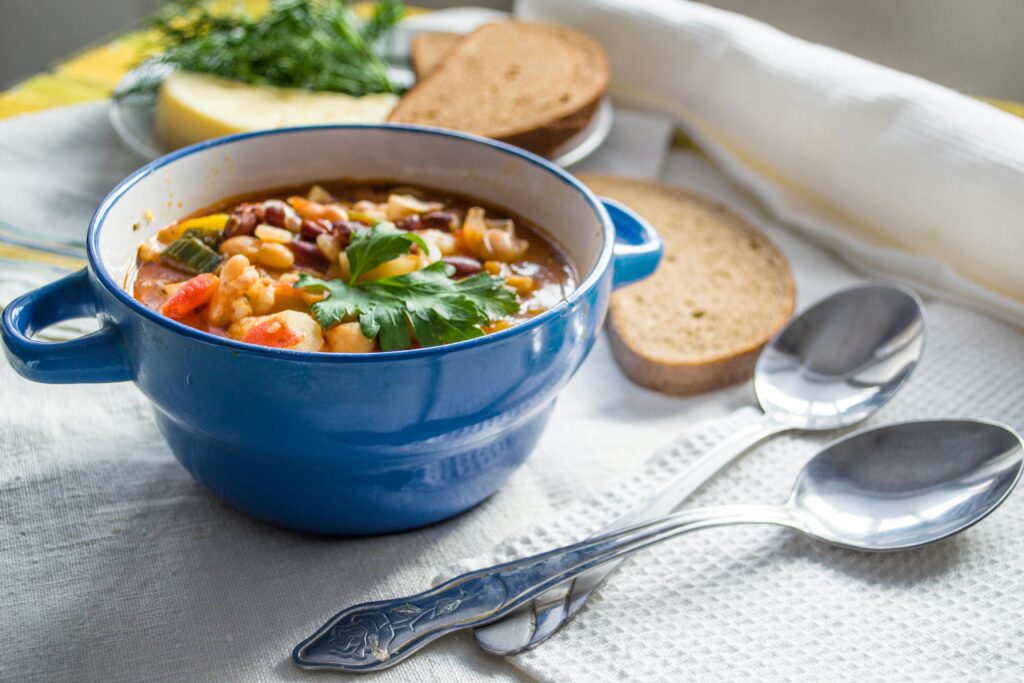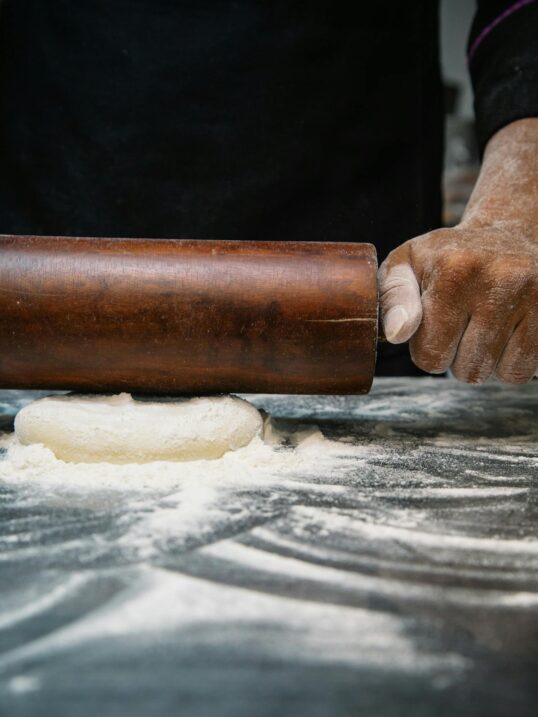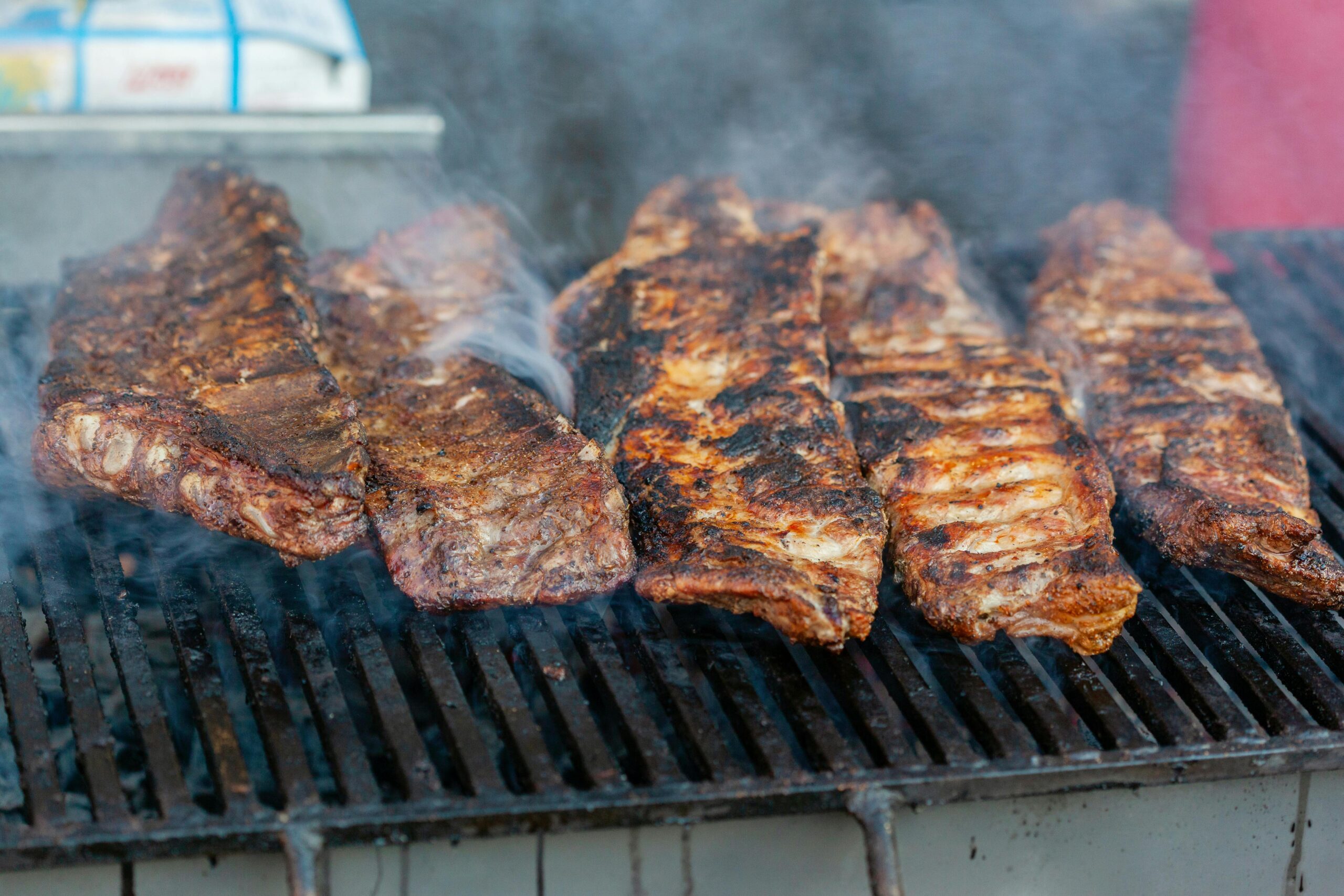When it comes to versatile kitchen cookware, cocottes and Dutch ovens are often at the top of the list.
Both are cherished for their ability to cook various dishes, from hearty stews to artisan bread. But what exactly sets a cocotte apart from a Dutch oven? This article covers what you need to know when comparing a cocette vs Dutch oven.
What Is a Cocotte?
A cocotte is a French term for a small cast-iron or ceramic pot with a tight-fitting lid. It is traditionally used for slow cooking and braising. Cocottes are often beautifully designed, making them an attractive choice for serving food directly at the table. French brands like Staub and Le Creuset are well-known for their high-quality cocottes.
Features of a Cocotte
- Material: Typically made of enameled cast iron or ceramic.
- Size: Generally smaller, ideal for individual servings or side dishes.
- Design: Comes in various shapes and colors, often with decorative details.
- Usage: Perfect for slow cooking, braising, and baking.
Popular Brands and Products:
- Staub Mini Round Cocotte: This beautifully crafted enameled cast iron cocotte is perfect for single servings or side dishes. Its vibrant colors and superior heat retention make it a favorite for presentation and cooking.
- Le Creuset Signature Cocotte: Known for its iconic design and durability, this enameled cast iron cocotte is ideal for small casseroles or individual portions of baked dishes.
Read More: What’s the Difference Between a French Oven and a Dutch Oven?
What Is a Dutch Oven?
A Dutch oven is a larger, heavy-duty pot, often made of cast iron and coated with enamel. Originating from the Netherlands, Dutch ovens have gained popularity worldwide for their durability and versatility in cooking. They are ideal for preparing family-sized meals and one-pot dishes.
Features of a Dutch Oven
- Material: Enameled cast iron or bare cast iron.
- Size: Typically larger, suitable for batch cooking and large portions.
- Design: Functional and sturdy, with fewer decorative elements.
- Usage: Ideal for stews, soups, roasts, and even frying.
Popular Brands and Products
- Le Creuset Round Dutch Oven: Renowned for its even heat distribution and iconic design, this Dutch oven is perfect for soups, stews, and baking bread.
- Lodge Cast Iron Dutch Oven: This bare cast iron Dutch oven is a more affordable option. It offers excellent heat retention and versatility, from frying to baking.
- Cuisinart Chef’s Classic Dutch Oven: A budget-friendly enameled cast iron option that’s versatile and durable, great for everyday cooking.
Cocotte vs Dutch Oven: Differences and Similarities
Material
Cocottes are often made of enameled cast iron or ceramic, providing excellent heat retention and an attractive appearance. Dutch ovens, on the other hand, can be found in enameled or bare cast iron options, offering versatility for various cooking techniques, including frying.
Size
Cocottes are smaller and ideal for individual portions, while Dutch ovens are larger and perfect for family-sized meals or batch cooking. This makes Dutch ovens more suitable for recipes requiring more volume, like large stews or roasts.
Design
Cocottes tend to be more decorative and colorful, often doubling as tableware. Dutch ovens, on the other hand, focus more on functionality with a simpler design.
Price
Cocottes are often more expensive due to their craftsmanship and aesthetic appeal. Dutch ovens come in a range of prices, with affordable options like Lodge and premium options like Le Creuset.
Usage
Cocottes excel in slow-cooking, braising, and baking small dishes. Dutch ovens are versatile, handling everything from roasting and frying to baking bread and preparing soups.
Read More: What Size Dutch Oven Do I Need? The Ultimate Guide
Which One Should You Choose?
Your choice between a cocotte vs Dutch oven depends on your cooking needs and lifestyle:
You need a versatile pot that can handle everything from roasting to frying
Choose a Cocotte If
- You enjoy preparing small portions or individual servings.
- Presentation matters, as cocottes are perfect for serving food directly at the table.
- You want a versatile piece for baking, braising, or side dishes.
Choose a Dutch Oven If
- You often cook large meals or enjoy batch cooking.
- You need a versatile pot that can handle everything from roasting to frying.
- Durability and functionality are your primary concerns over decorative design.
Insider’s Insight
Both cocottes and Dutch ovens are fantastic additions to any kitchen. Whether you prioritize style or functionality, understanding their unique characteristics will help you make the right choice for your culinary adventures. Happy cooking!
Read More: Braiser vs Dutch Oven: What’s the Difference?
Frequently Asked Questions
Can You Use a Cocotte Like a Dutch Oven?
Yes, a cocotte can perform many of the same functions as a Dutch oven, especially for smaller dishes. However, its size may limit its practicality for larger recipes.
Are Cocottes and Dutch Ovens Interchangeable?
While they share similarities, they’re not entirely interchangeable. The size and design differences make each better suited for specific tasks.
Why Are French Cocottes So Expensive?
French cocottes from brands like Staub and Le Creuset are crafted with high-quality materials and meticulous craftsmanship, contributing to their premium price tags.




Leave a Reply